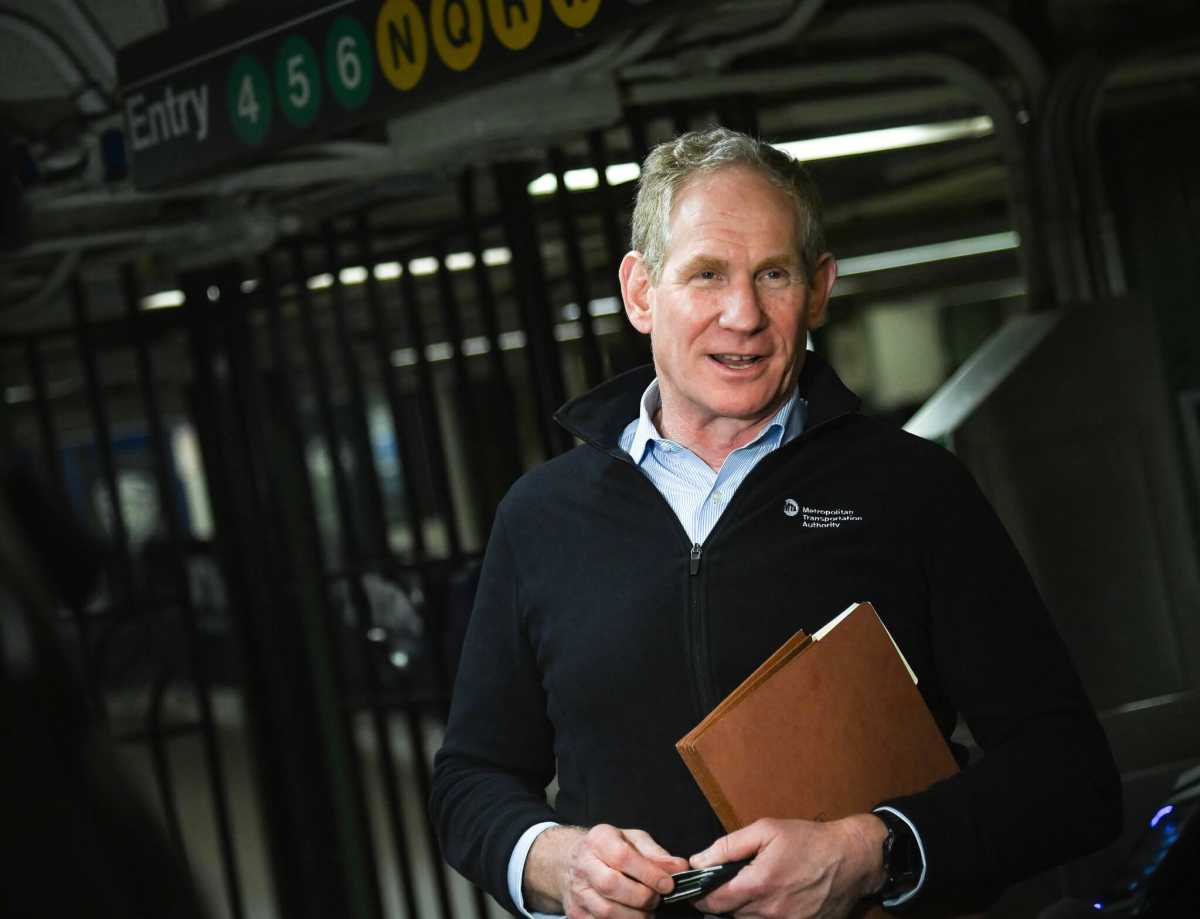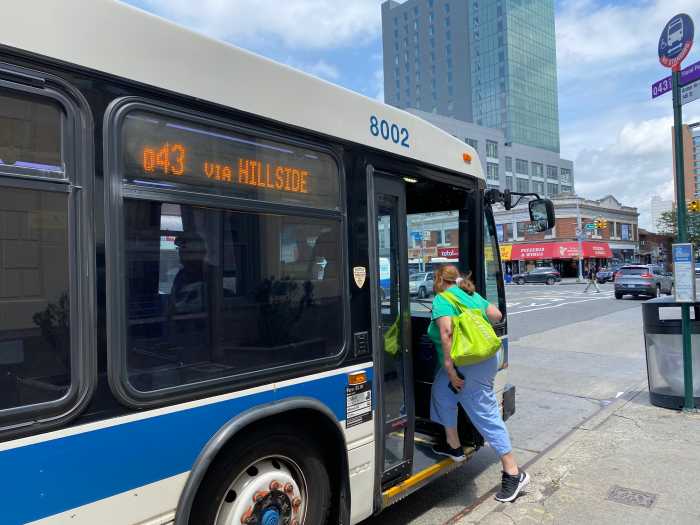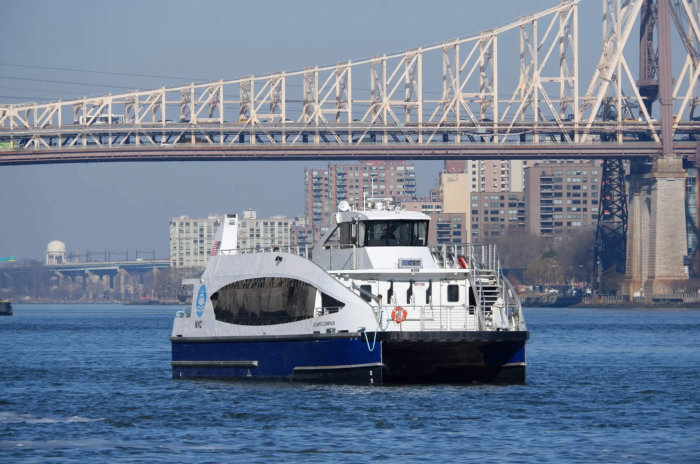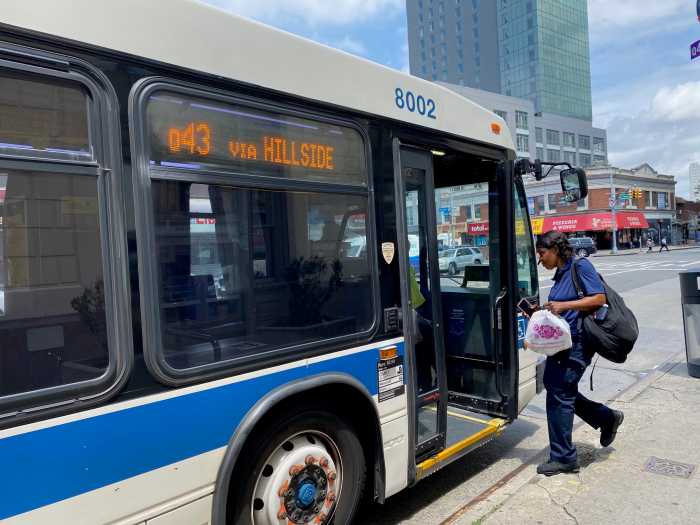It’s been four years since the New York State Legislature formally approved the Central Business District Tolling Program, better known as Congestion Pricing. In that time, the MTA has been steering this historic project through a complicated ongoing federal approval process under two very different presidential administrations – during a pandemic no less.
The passage of time had some critics saying we’d never get it off the ground, but we’re thrilled to be proving them wrong.
On Friday, our team released the final Environmental Assessment (EA) for congestion pricing. It includes a package of mitigation measures that were carefully crafted with federal official, community partners and other stakeholders to identify and offset any potential negative effects of the program, so everyone can benefit – especially those living in environmental justice (EJ) communities.
Some of the ideas, like electrification of bus depots in the Bronx, tax credits for low-income CBD residents, and the creation of a working group to study the toll’s continued impact on affected communities, were included in the original draft EA, released last August. Others are new:
- To discourage daytime truck traffic, we’ll be offering a 50% discount on the peak toll for trucks and other vehicles from at least midnight to 4 a.m.
- For low-income drivers, there will be a 25% discount after the first 10 trips in each calendar month. Taxis and For Hire Vehicles won’t be tolled more than once a day.
- To reduce air pollution, there are plans to retrofit refrigeration trailers at Hunts Points Market from dirty diesel to clean hybrid diesel; expand the Clean Trucks Program and electric truck charging infrastructure; renovate parks and plant pollution-capturing vegetation in EJ communities; and establish a new asthma case management program and a new asthma center in the Bronx.
We came to these solutions, which come with an investment of more than $200 million, after an unprecedented amount of public outreach involving 23 government agencies and five tribal nations. We held 19 early outreach sessions, six public hearings, and 10 meetings focused exclusively on environmental justice communities.
More than 22,000 individual comments were collected (and responded to in the EA), along with more than 55,000 form letter submissions. It was an enormous undertaking and I so appreciate everyone involved in this important work.
Now we can look ahead to the next milestone when the Federal Highway Administration hopefully issues a final approval, known as a Finding of No Significant Impact (FONSI). Then the State-chartered Traffic Mobility Review Board can start its work recommending the final tolling structure.
I’ve written in this space before about how badly New York needs congestion pricing and my mind hasn’t changed. We live in the number one most congested city in the country. More than 700,000 vehicles enter the Central Business District every day, more than three times the number of cars registered in all of Manhattan.
The resulting traffic costs the regional economy $20 billion a year and slows emergency responders, like ambulances headed to hospitals and fire trucks trying to get to fires. Bus speeds are down 30% since 2010, and our slowest line tops out at 4.9 mph in the rush hour. Not even 5 mph! That’s outrageous and especially unfair since mass transit commuters outnumber drivers eight-to-one.
Congestion pricing is a proven answer to these problems. Stockholm, London, and Singapore each saw a 25% reduction in congestion and a 10-20% drop in carbon emissions after implementing their own programs. Travel speeds increased too. New York deserves the same, and we at the MTA are determined to see it through.
Janno Lieber is chair and CEO of the MTA.
Read more: Urgent Call for Action on NY HEAT Act






































